Tequila is big business these days—it’s a global spirits market worth about $10 billion as of 2023, and growing. But not all tequila is created equal, especially as the industry looks to the best additive-free tequila in an evermore refined process. That’s why it’s refreshing to step into the agave fields and the massive operation that is Patrón Tequila, as Maxim found out during a recent visit to the Jalisco Highlands.
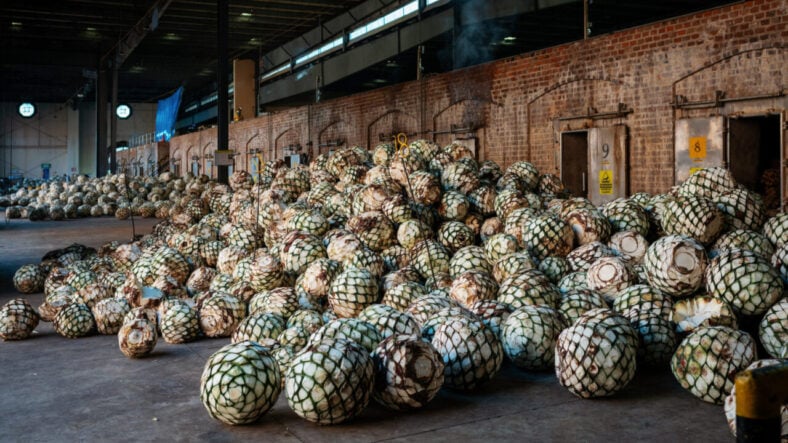
Don’t let its size fool you—although it’s run as efficiently as a factory assembly line, there’s still plenty of soul to the operation, with flavor and the results to match. The end results run the gamut from the accessible (like the company’s entry-level Silver) to the premium (El Alto and El Cielo), along with recently launched Cristalino.

Billed as the world’s “number one super-premium tequila” and made from 100 percent Weber blue agave, the Bacardi-owned producer (founded in 1989) might be massive in scale (about 20 bottles per minute are finished at its facility), but its tequila has more in common with liquid made in much smaller batches.
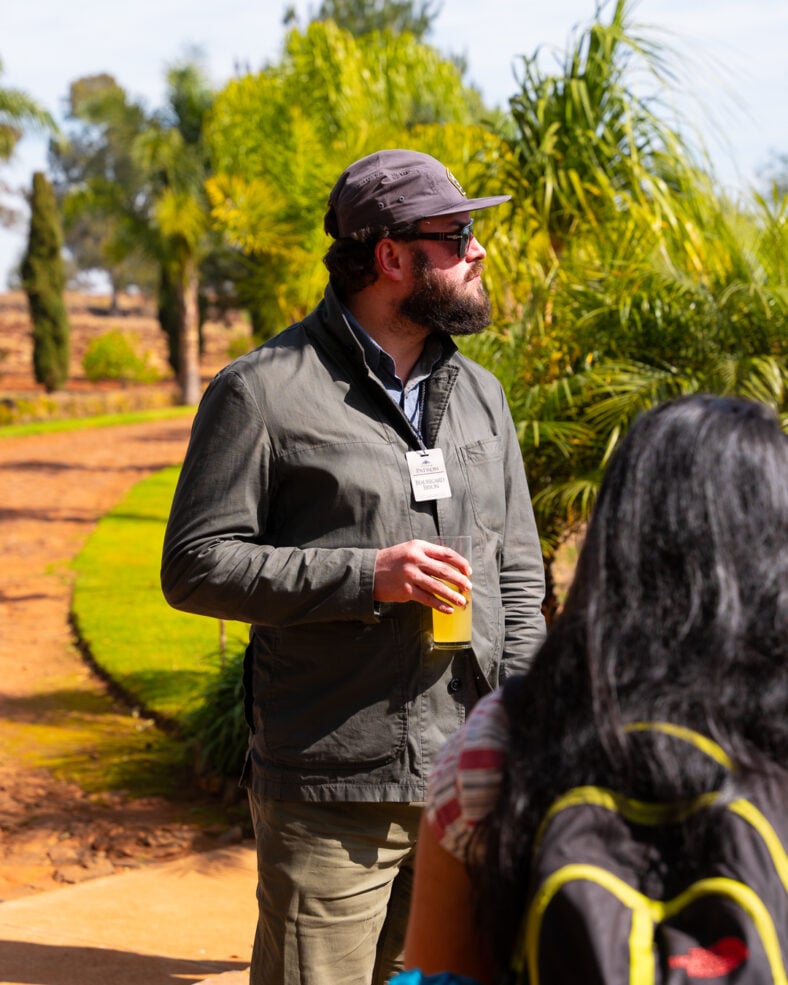
“Every step of the process starts when we receive the agave from the fields,” says Patrón Tequila Master Distiller David Rodriguez of the journey from the dusty, sprawling red clay highlands into your rocks glass. It’s almost jarring at times to realize what goes into tequila that doesn’t happen to be – or even have to be – called out on a label.
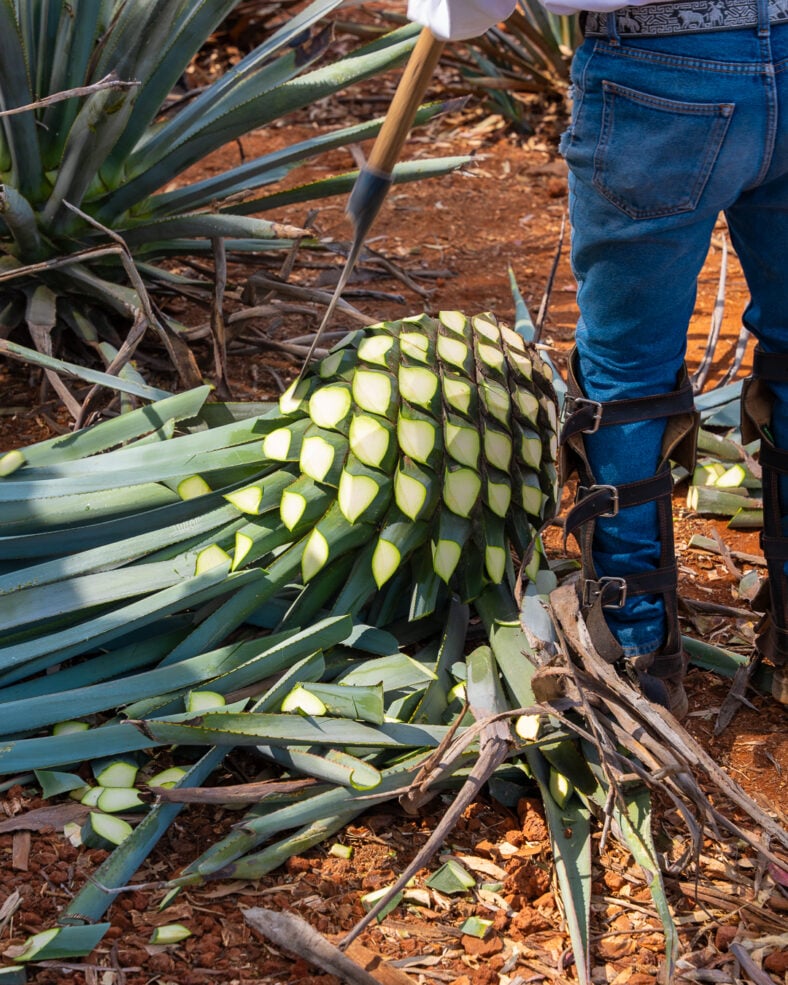
Ingredients like glycerin, caramel coloring, vanilla, oak extract, and jarabe or sugar-based syrup can comprise up to 1 percent legally of the finished product. 1 percent might sound small, but when you’re dealing with positively massive quantities of spirit, that figure adds up. There are more than 3,000 tequila brands on the market, with famous names and faces attached to them, but when tasted blind, the Patrón difference is quite evident.
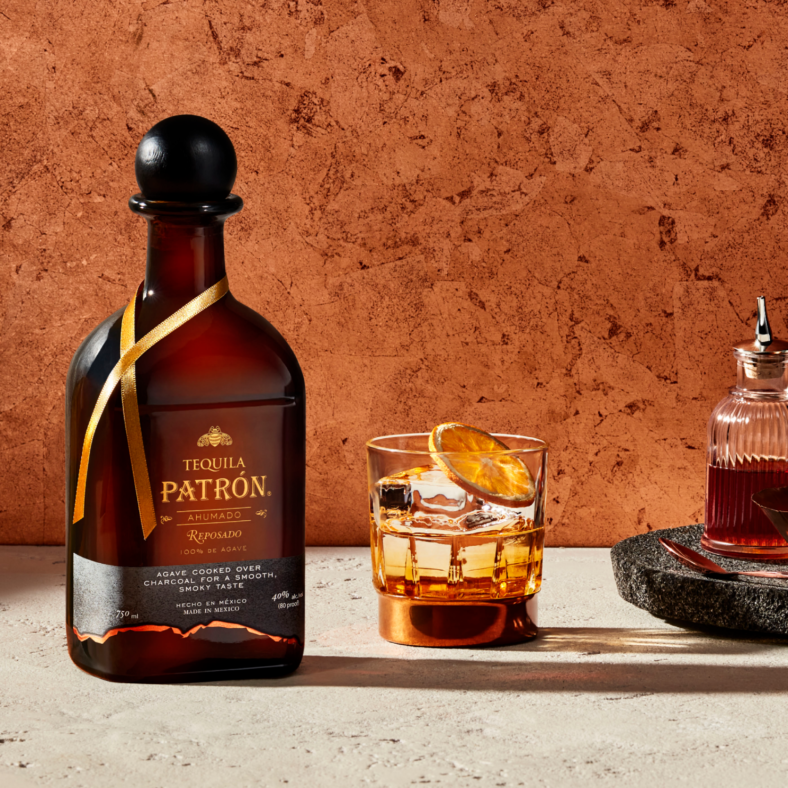
In fact, some famous tequilas aren’t made with 100 percent agave. Rodriguez notes that some feature blends as low as 51 percent agave and 49 percent from other sources, like sugarcane. Additives, or abocantes, differentiate some brands, and not necessarily for the better. Additive-free tequila is the talk of the industry at the moment, and the producer wants to lead the way, said Brand Ambassador Roland Price, who called the process “the mission” of the company.
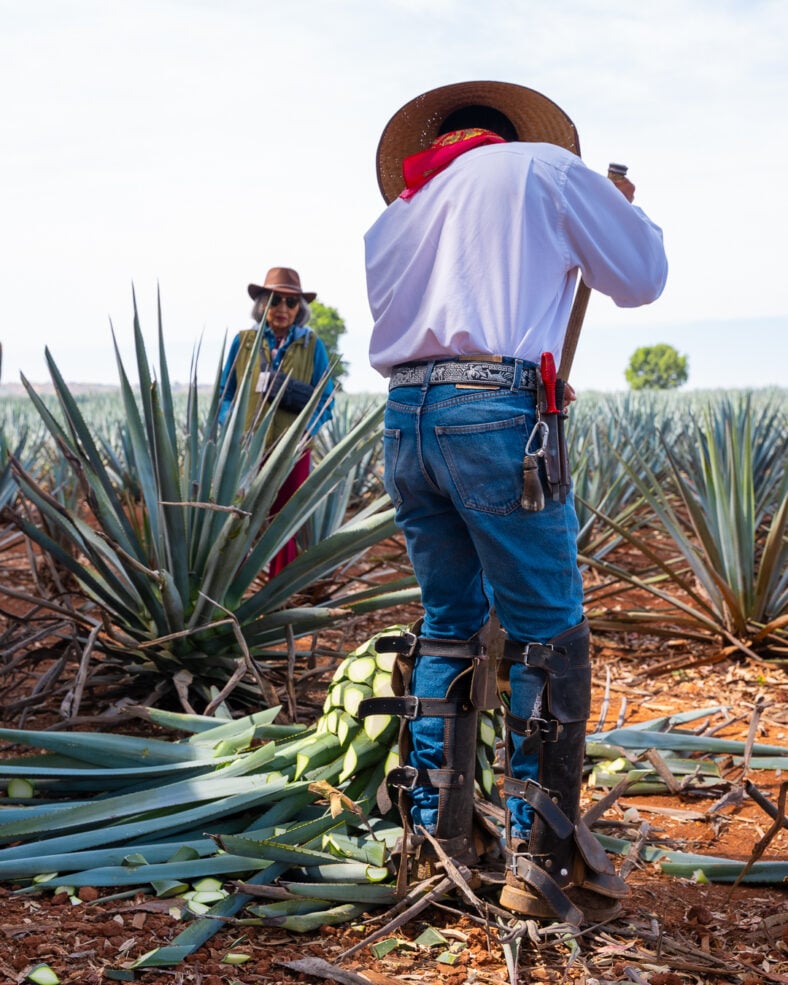
If you know, you know: If ever you’ve come across an overly sweet, syrupy, cloying tequila — the kind that leaves you swimming in waves of regret the next day — additives very well might be the culprit. The journey from the agave field to your bar cart is about more than just harvesting the piña, or the heart of the agave plant, although even the way the company undertakes harvesting is a swerve from how other producers approach the plant.

Maximizing agave sugars is the goal, and only cutting the agave a certain way (specifically, to remove imperfections that show up on the plant as red spots) can achieve what Patrón ultimately wants. These cuts look effortless, like a knife through butter, but the process is ultimately taxing (if ever you get the chance to try to cut a portion of piña, as this writer did, don’t pass it up). Although it takes just minutes to get to the heart of the agave plant when done the right way, each stroke of a skilled jimadore paves the way for a different kind of tequila.
Before it can be harvested, patience is critical: It takes years upon years to grow a plant to the proper size so it can eventually be farmed and cooked. As to the cooking process (which results in yam-like cooked agave), Patrón does this in traditional brick ovens for hours at a time, while other producers tend to use more industrial methods.
A combination of tahonas, or heavy stone wheels — pulled by farm animals years ago, now machine-operated — and roller mills then crush the agave in a further step along its journey to your rocks glass. In fact, the company says it’s the largest producer of tequila made using tahonas, blending the industrial and the old-world in a way that relies on a bit of magic, and a lot of science.

A proprietary yeast strain (dubbed “crucial” by the company’s representatives), plus the use of pinewood tanks in the production process brings out the best of the best, as does Patrón’s use of copper pot stills to supercharge what eventually becomes tequila. If it sounds like the company might have more in common with a bourbon or Scotch producer, then that’s by design, as is the producer’s “traditional, time-honored distillation process.”

The latest tequila to take advantage of these thoughtful processes happens to be a trendy expression in the tequila world: Patrón CRISTALINO, as the tequila style itself is growing at about 3 times the rate of the category in general.
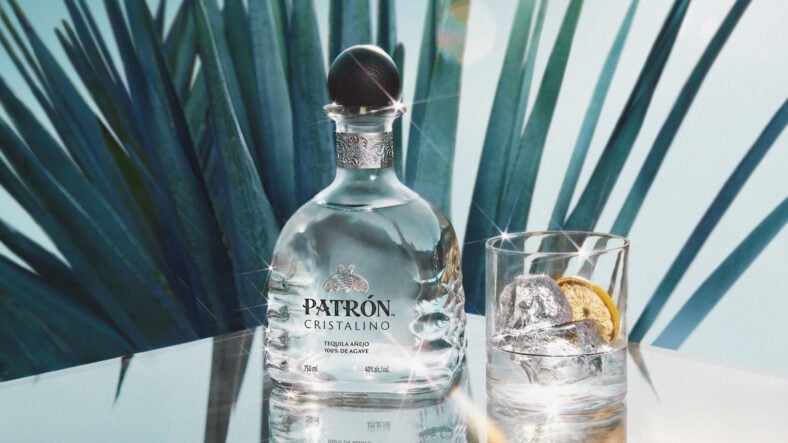
The company’s latest release (filtered to remove its naturally occurring colors, no additives needed) boasts a clear, luxurious finish and look after a year to 15 months of aging. The end result is a pleasant sipper best enjoyed on the rocks or neat (Patrón CRISTALINO starts with the producer’s excellent aged Añejo and retails for a very agreeable $70 or so at sites like ReserveBar).
In Mexico, about 70 percent of tequila consumed actually falls in the cristalino category, Rodriguez said during a tasting of the company’s portfolio. But again, not all tequila is created equal. Cristalino is part of a lineup of “artisanal tequila” that tastes remarkably different than average – indeed, a side-by-side blind tasting of tequila made with additives, compared to Patrón’s additive-free liquid, is a shock to the system. Once you’ve tasted tequila made sans additives, you might never go back.
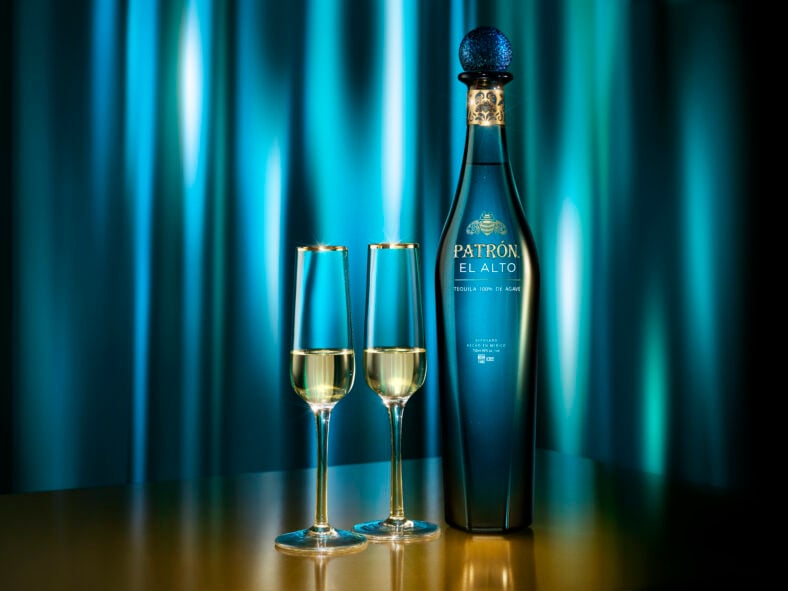
Its distillers “cut” the tequila manually after sampling – making the call as to when to separate “the good stuff” from the heads and the tails (precisely what you don’t want in your glass). Oak barrels then impart character and flavor – although the liquid doesn’t spend nearly as much time in the barrel as bourbon or single malt, the difference is noticeable as time goes on. With no temperature control, heat delivers faster interaction between spirit and barrel – and each barrel is used about 10-12 times apiece in the process, Price says. “By doing so, we’re getting the most out of the wood it’s in,” he noted.
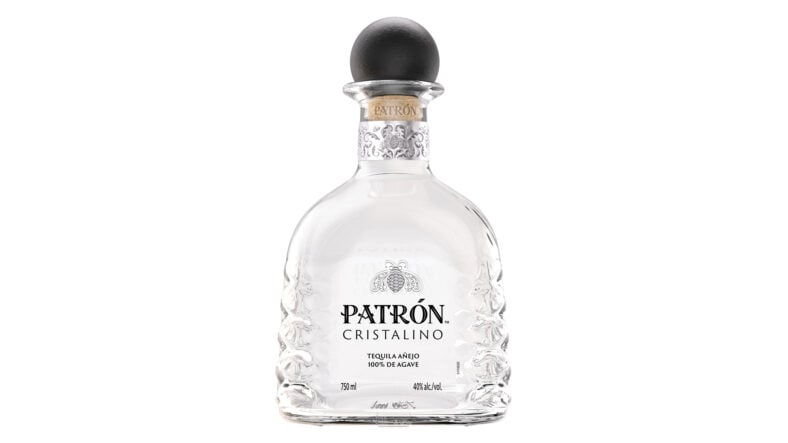
Speaking of wood, don’t sleep on the brand’s ultra-premium Piedra expression, which is aged four years. A quick trip through the company’s closely guarded barrel room reveals a multitude of wooden barrels stamped with the names of some major global spirits producers: Check your own bar cart, because you likely have some of their juice on hand, too.
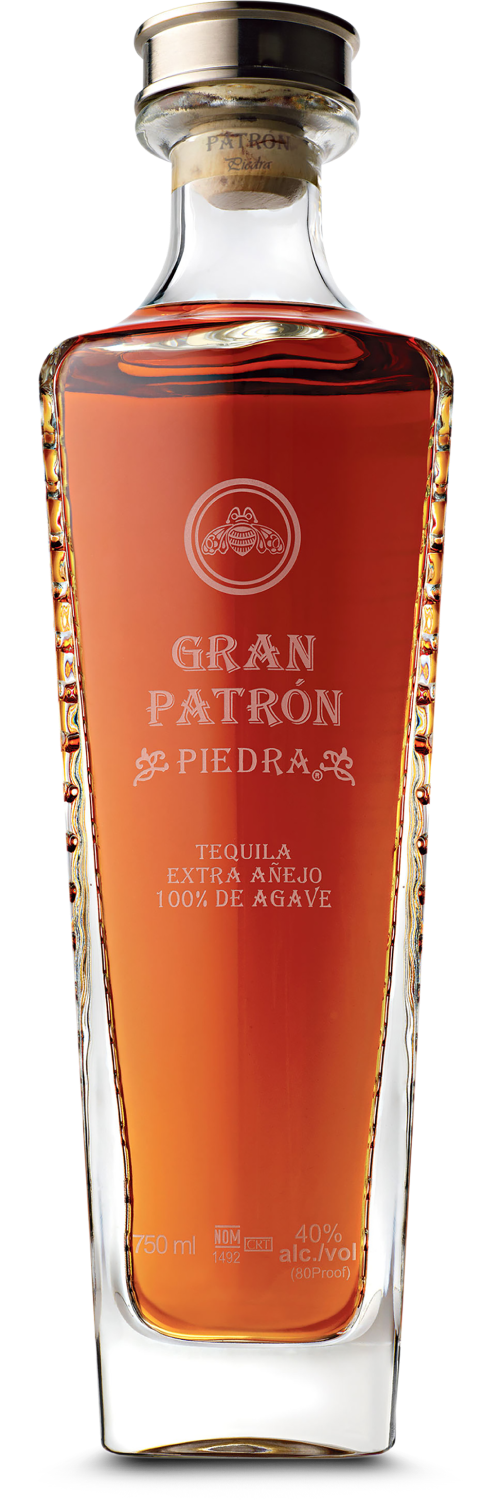
The difference really is in the details, down to the way its agave plants are harvested, and right through the journey the juice takes to the barrel – and then into an impressively elegant bottle. If so many tequila companies start with the same plant, what ultimately sets Patrón apart? “What is the difference? The method. The method to obtain the tequila,” Rodriguez says. More conscious (responsible) consumption of tequila starts at the source, and Patrón could well be the next premium addition to your home bar.